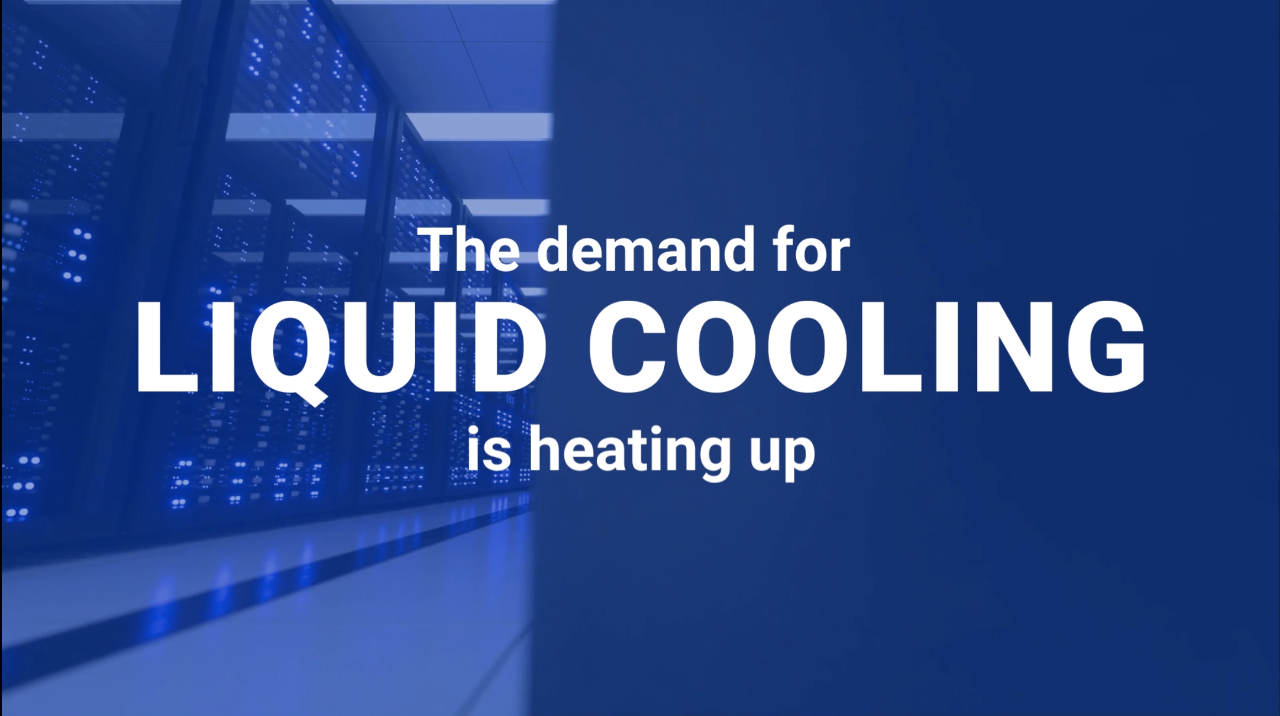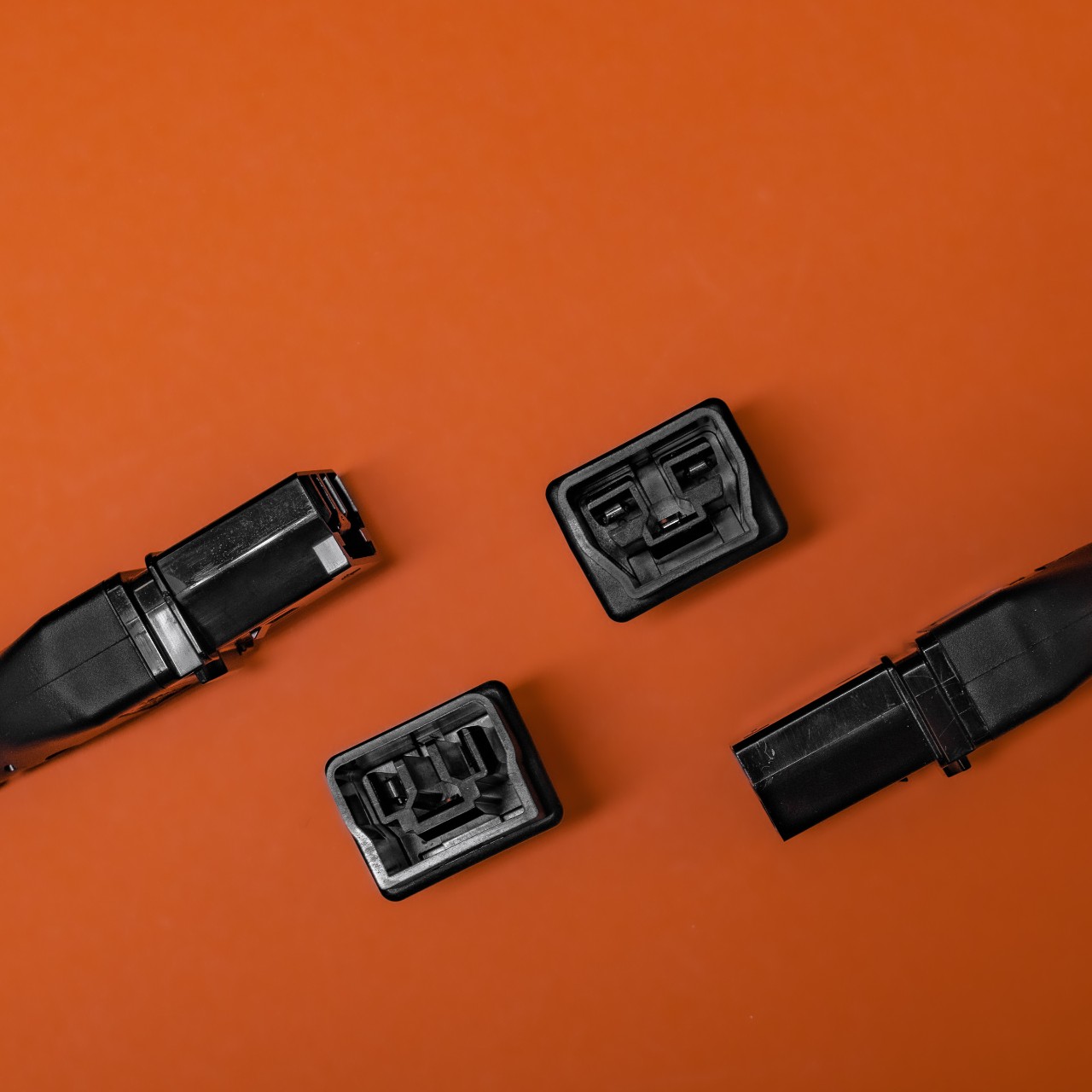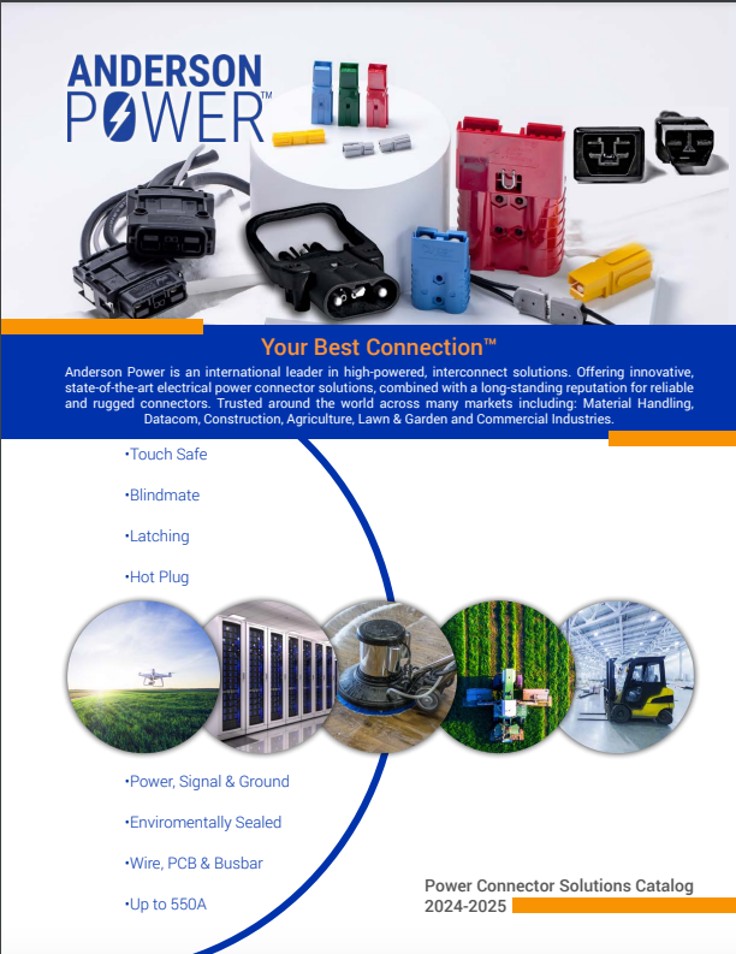The Case for Liquid Cooling
Processing speed continues to grow along with miniaturization, which reduces processor footprints but increases heat loads. With faster processing speeds, demand for electrical power (amperage and or voltage) continues to rise. While computer rack space remains unchanged and circuit density is increasing, efficient waste heat elimination is critical to prevent harm to components.
With the introduction of more heat comes more resistance, and with more resistance, more heat. This creates a possible negative feedback loop, resulting in potential thermal runaway.
Convection vs Conduction
In the past, processor cooling was performed via convection: fans circulated air over heatsinks, keeping temperatures down. As datacenter sizes grow, convection has become problematic due to the space it requires. Air is also less efficient at conducting heat than liquid. Conductive liquid cooling outperforms traditional air cooling, requires less energy, and produces much less noise than fan cooling.
A variety of different liquid cooling options have been explored and implemented:
- Direct-to-Chip (D2C) cooling: the application of liquid directly onto the surface of hot components, such as processors, to dissipate heat more effectively.
- Immersion cooling: completely submerging the components in a non-conductive liquid coolant, providing an efficient and more compact solution for removing heat.
- Two-Phase cooling: the use of a coolant with a boiling point close to room temperature that changes from liquid to gas state as it removes heat.
- Liquid Cooling Racks: the use of purpose-built server racks that allow liquid coolant to circulate through them.
- Liquid-Cooled Chilled Water Systems: circulating water through a heat exchanger to remove heat from server components, then using a chiller to cool the water before recirculation.
The choice of liquid cooling method depends on the specific needs and requirements of the system, such as the size, power density, and performance requirements.
Liquid Properties and Use Cases for Immersion Cooling
A variety of dielectric fluids exist, with brand names like 3M and Shell offering eco-friendly options. With the increased adoption of liquid cooling, material compatibility has become an ongoing conversation.
The Anderson Power connectors can support high current DC, and its Saf-D-Grid connector series is rated for up to 600V AC/DC disconnect and 400V AC/DC hot-plug while delivering up to 30A UL and 32A IEC within the standard IEC 60320 C13 footprint. Materials used in these connectors are typically compatible with many of the dielectric fluids currently employed. This compatibility coupled with the higher thermal rating of Saf-D-Grid versus a standard appliance connector offers flexibility and a major value proposition for systems that implement liquid cooling or require more thermal tolerance in a compact footprint. The Saf-D-Grid empowers datacenter engineers to satisfy the power demands required in the limited space provided for power connections.
The conversation about liquid cooling continues to be a hot topic in the industry, driven by a few key factors:
- Adoption Rate: Liquid cooling has seen a significant increase in adoption in recent years, with the global liquid cooling market expected to grow from $1.37 billion in 2020 to $4.38 billion by 2026
- Better Efficiency: Liquid cooling systems can increase energy efficiency by up to 40% compared to traditional convection methods.
- Improved Reliability and Consistency: Liquid cooling can provide more consistent cooling, reducing the risk of component failure and increasing the overall reliability of data centers.
The future of data center scalability is likely to involve continued growth and increased adoption of liquid cooling technologies. With the increasing demand for high-performance computing and data storage, liquid cooling will be an important solution for managing the heat generated by the growing amount of power consumed in data centers.
A More Efficient Future
With this conversation started, datacenter engineers are sure to consider liquid cooling over traditional air cooling. Anderson Power offers solutions that adhere to the material compliance guidelines illustrated by industry leaders, in addition to providing reliable high-current connectivity in small spaces. Anderson Power, prepares you for the future and ensures Your Best Connection™.









